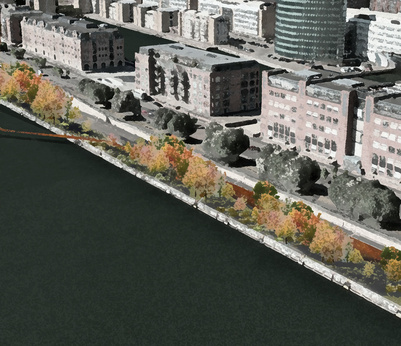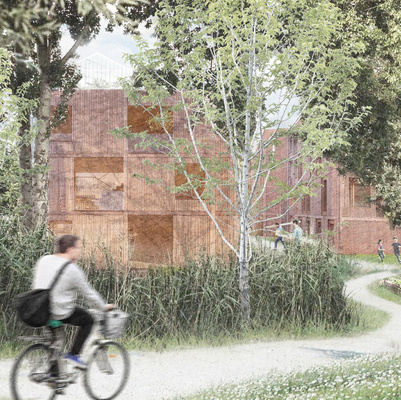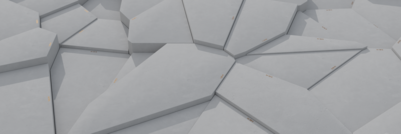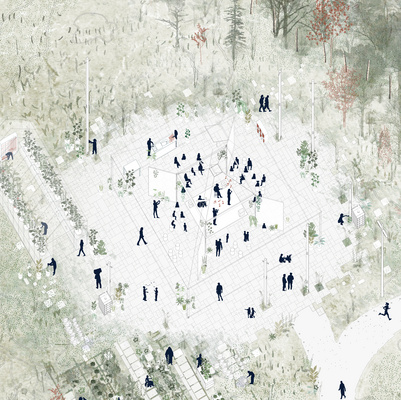Accumulation examines the relationship between different forces across systems and time, which make up our surroundings. Humans have become a geological force, influencing, changing and challenging the Earth's systems and its natural boundaries. The laboratory observes and archives the forces of the field, while at the same time creates an awareness of our impact on planet Earth.
We study how natural phenomena occurs and manifests itself. The change of hierarchy between forces that are and are not controlled as a field to examine the relations between climate and bodies.
How can we simultaneously approach the natural forces, and develop with the phenomena?
The landscape around us, has been through numerous morphological transactions. Crystals have been compressed into masses of ice, creating an archive of air and water, over millions of years. With the naked eye, one can see how the glacier constantly changes. The thick ice that covered Norway shaped the landscape into fjords, valleys and mountains. Svartisen is a suitable place to study landscapes in formation.
Across local and global forces we seek to understand the world as many bodies and how they affect each other and their environments.
Bodies are connected across systems, which make up our environment. The centrifugal forces between the Earth, the moon and the sun affect and control the water in different scales.
We work with an accumulation space that observes, archives and secures the forces of the field, and create an awareness of our influence and role in the ecosystem.







































